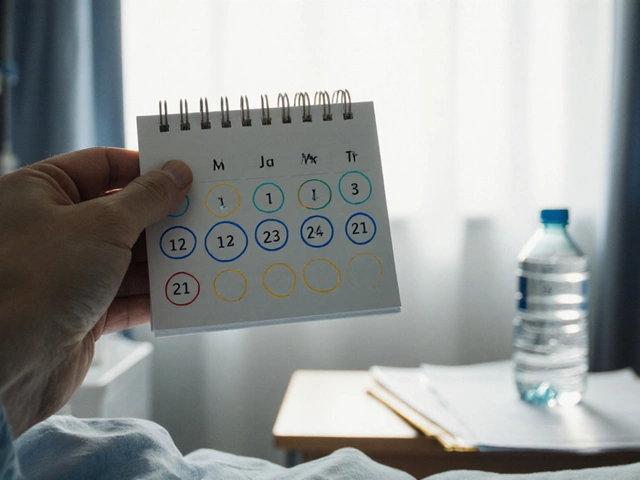Healing Process: Simple Steps to Speed Up Recovery
Ever wonder why some days feel like a slow crawl after an operation while others you bounce back quickly? The answer lies in the healing process – a mix of your body’s natural repair work and the habits you adopt. Below are the most useful, down‑to‑earth tips you can start using right now to give your body a hand.
Know Your Healing Timeline
Every injury or surgery follows a general timeline, but the exact speed varies. For a knee replacement, most people hit the toughest pain around days 2‑3, then notice swelling peak at about a week. Cancer treatments, on the other hand, may stretch weeks or months, and natural remedies for liver support can take several weeks to show results. Understanding where you are on that curve helps you set realistic expectations and avoid panic.
Mark three milestones:
- Immediate (0‑3 days): Focus on pain control, gentle movement, and staying hydrated.
- Early (4‑14 days): Add light exercises, keep the incision clean, and watch for any signs of infection.
- Mid‑to‑Late (2‑6 weeks+): Ramp up activity, integrate supportive supplements, and monitor long‑term healing.
Everyday Habits That Boost Healing
1. Move, but don’t overdo it. Simple range‑of‑motion exercises keep blood flowing and prevent stiffness. For knee patients, short walks and heel slides are enough; for herbal liver support, a daily walk helps the body detox.
2. Eat for repair. Protein‑rich foods, leafy greens, and healthy fats give cells the building blocks they need. If you’re on a supplement like milk thistle for liver healing, pair it with vitamin C rich fruits to improve absorption.
3. Stay hydrated. Fluids flush out waste and keep joints lubricated. Aim for at least 2 liters a day, more if you’re sweating during rehab.
4. Sleep smart. During deep sleep, growth hormone spikes, accelerating tissue repair. Stick to a consistent bedtime, and consider Ayurveda’s sleep timing – going to bed when it’s dark supports your natural rhythm.
5. Mind the meds. Some drugs can slow healing. For diabetics, avoid certain painkillers that spike blood sugar. If you use mail‑order pharmacies, double‑check that you’re getting the right dosage and that the medication isn’t expired.
6. Use safe supports. A shower brace after knee surgery protects the incision while you clean up. If you need to drive, wait until you can flex the knee without pain – usually about two weeks for most patients.
Remember, the healing process isn’t a race. Listening to your body, following a clear timeline, and adding these practical habits will get you back to normal faster and with fewer setbacks. Got a specific recovery question? Drop a comment, and we’ll tailor the advice to your situation.






